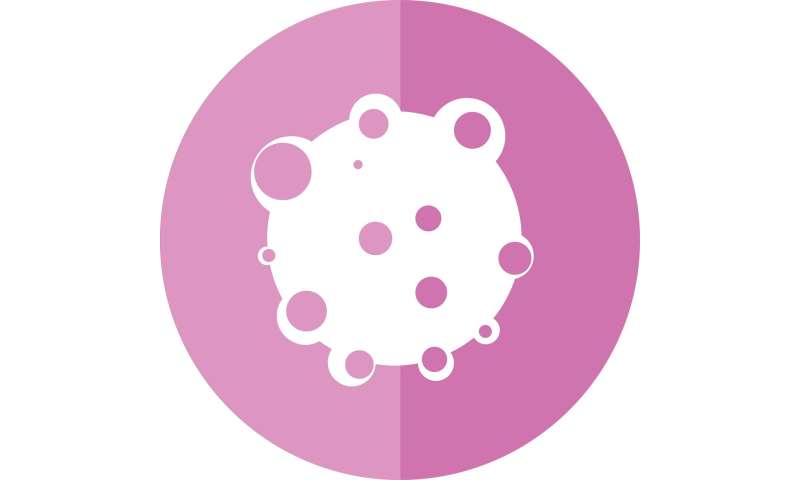
Survival may more than double for adults with glioblastoma, the most common and deadly type of brain tumor, if neurosurgeons remove the surrounding tissue as aggressively as they remove the cancerous core of the tumor.
This discovery, reported in a retrospective study headed by researchers at UC San Francisco, is welcome news for those in the glioblastoma community, which celebrated its last breakthrough in 2005 with the introduction of the chemotherapy drug temozolomide.
Removing the “non-contrast-enhancing tumor”—so called because it does not light up on MRI when a contrast agent is injected into the vein—represents a paradigm shift for neurosurgeons, according to senior author and neurosurgeon Mitchel Berger, MD, director of the UCSF Brain Tumor Center.
“Traditionally, the goal of neurosurgeons has been to achieve total resection, the complete removal of contrast-enhancing tumor,” said Berger, who is also affiliated with the UCSF Weill Institute for Neurosciences. “This study shows that we have to recalibrate the way we have been doing things and, when safe, include non-contrast-enhancing tumor to achieve maximal resection.”
Mutant Tumor Type Indicative of Longer Life
Some 22,850 Americans are diagnosed each year with glioblastoma—one of the most relentless adult cancers and one that may be best known for claiming the lives of senators John McCain and Edward Kennedy, and the son of Vice President Joe Biden. The average survival for the 91 percent of glioblastoma patients whose tumor is characterized by IDH-wild-type mutations is 1.2 years, according to a 2019 study. However, the remaining 9 percent have a type of glioblastoma classified as IDH mutant, with average survival of 3.6 years.
In their study, which publishes in JAMA Oncology on Feb. 6, 2020, the researchers tracked the outcomes of 761 newly diagnosed patients at UCSF who had been treated from 1997 through 2017. The patients, whose average age was 60, were divided into four groups with varying risk based on age, treatment protocols, and extent of resections of both contrast-enhancing and non-contrast-enhancing tumor.
They identified a group of 62 patients whose average survival was 37.3 months (3.1 years). These patients had IDH-mutant tumors, or were under 65 with IDH-wild-type tumors and had undergone both radiation and chemotherapy with temozolomide in virtually all cases. Each had resections with a median of 100 percent of contrast-enhancing tumor and a median of 90 percent of non-contrast-enhancing tumor.
In comparison, their counterparts—212 patients under 65 who had received the same therapies, but had more modest resections of the non-enhancing tumor—survived only 16.5 months (1.4 years) on average, or about half as long. These results were verified with patient cohorts at the Mayo Clinic and the Cleveland Clinic’s Ohio Brain Tumor Study.
Resecting Non-Enhancing Tumor Evens Survival Between Tumor Types
Among the group of longer-surviving patients, those with IDH-wild-type tumor did approximately as well as those with the IDH-mutant variant when a portion of the non-contrast enhancing tumor was removed, the authors noted. “The difference was that the patients with IDH-wild-type tumor declined more rapidly after the three-year mark,” said first author Annette Molinaro, Ph.D., from the UCSF Department of Neurological Surgery, and the Department of Epidemiology and Biostatistics.
The researchers caution that maximal resection should only be achieved when it can be safely performed using techniques such as intraoperative brain mapping. This means that areas of the brain responsible for speech, motor, sensory and cognition are tested during surgery to ensure that these functional areas are preserved.
“There is a survival benefit for maximal resection for patients with glioblastoma, but as surgeons we must remove them in a manner that limits injury to the rest of the brain,” said co-author and neurosurgeon Shawn Hervey-Jumper, MD, of the UCSF Brain Tumor Center and of the Weill Institute for Neurosciences.
Brain Mapping Is Critical for Aggressive Surgery
“Although these data show a survival benefit associated with maximal resection, it remains critically important that we do our best to remove tumor in a manner that will not harm the patient,” Hervey-Jumper said, noting that about 80 percent of medical centers do not offer brain mapping.
While maximal resection of both enhancing and non-enhancing tumor should always be considered, Molinaro said that we are a long way from achieving a cure for glioblastoma.
Source: Read Full Article
